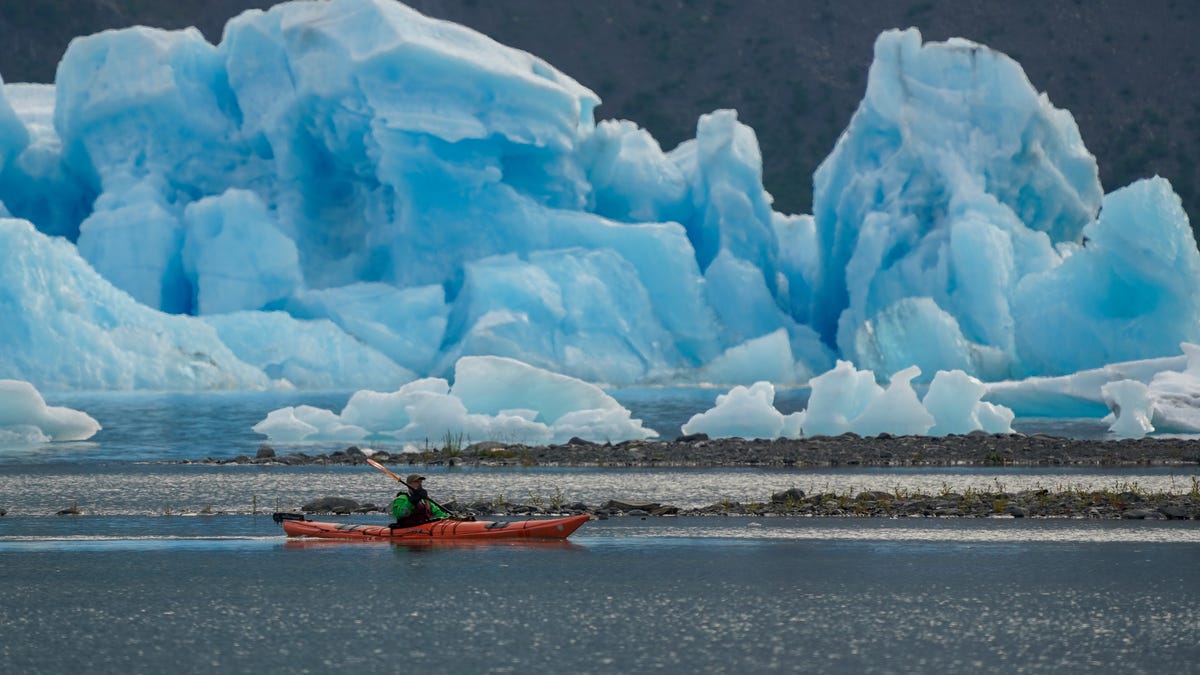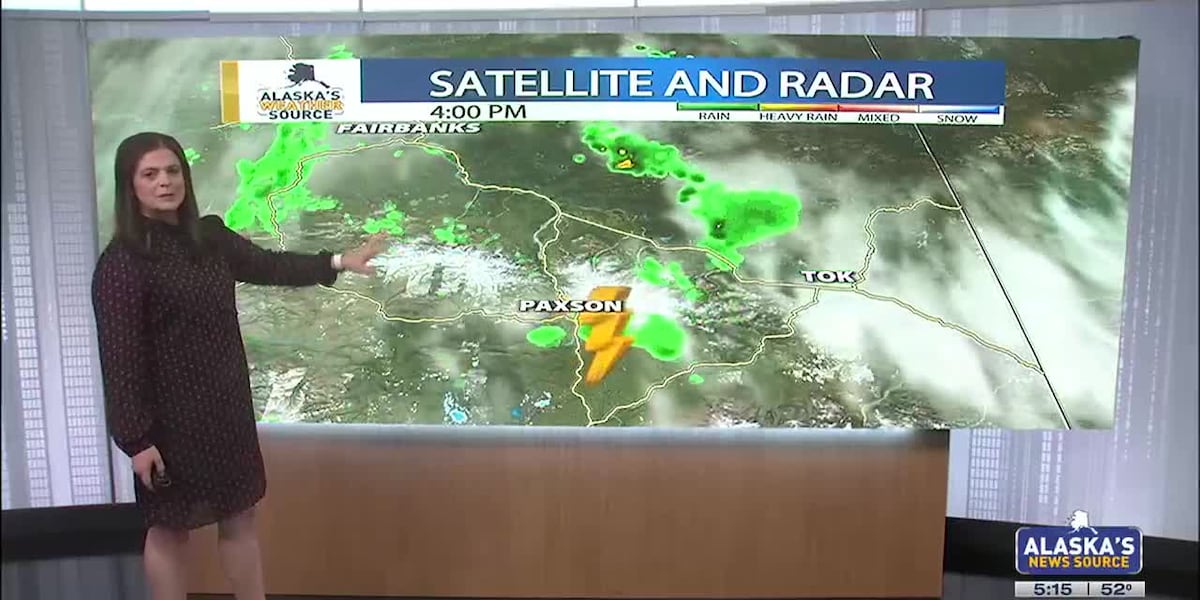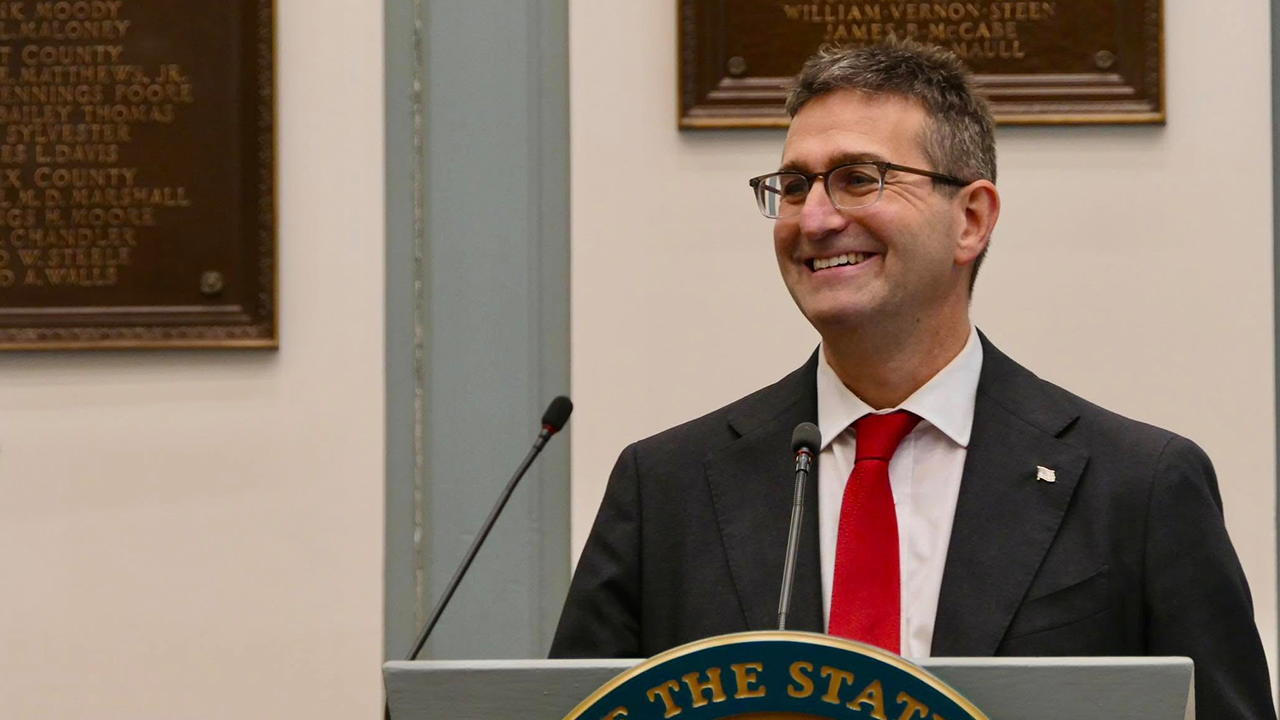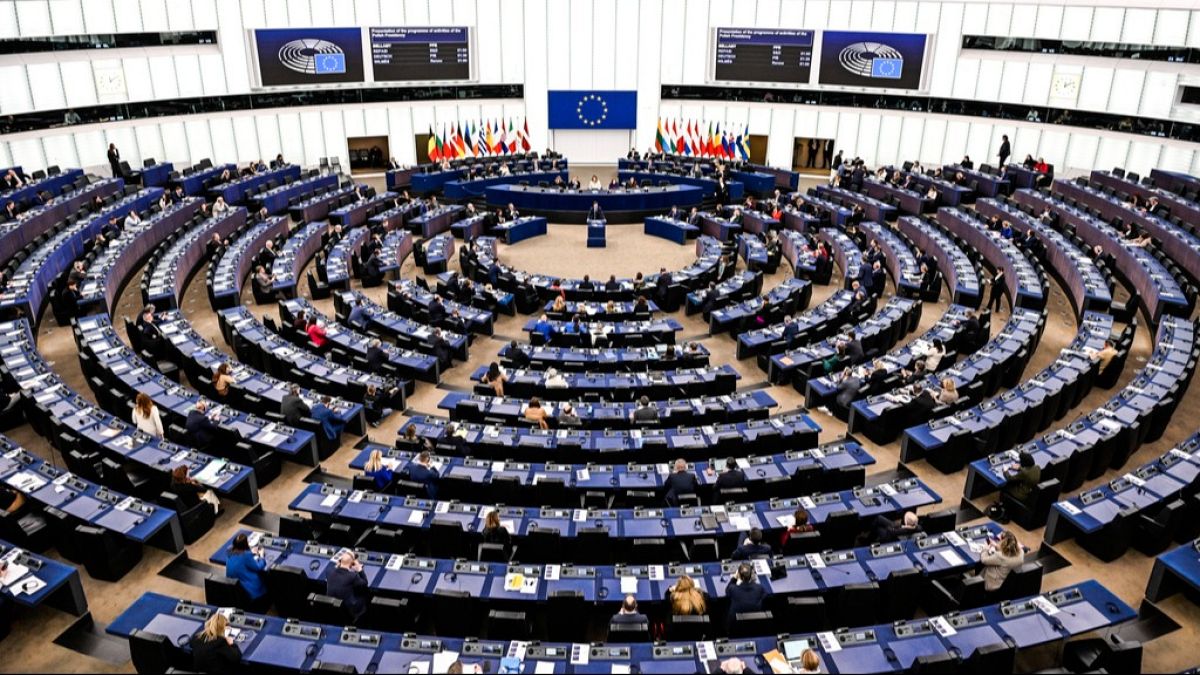After a decade-long delay, the U.S. Department of Energy (DOE) denied a petition asking that the agency set clear standards for how they decide if a methane gas export application is consistent with the public interest. Without saying what the criteria are, the agency said it has “rigorous standards” in place. Yet, DOE has never denied a permit on public-interest grounds, despite the fact that gas exports are fueling the climate crisis and raising domestic energy prices.
With such vague criteria, it is no surprise that DOE continues to draw the conclusion that gas exports are in the public interest without properly weighing the true harm these projects cause. The broader impact of climate change on consumers and the environment, the pollution of communities living with the gas infrastructure, and the destruction of vital local ecosystems are all very real consequences that are not being properly considered.
That lack of awareness of the impacts was on display in May, when on the heels of approving the Willow project, DOE issued an approval on the final permit the Alaska Gasline Development Corp. needed for its proposal to extract liquefied natural gas (LNG), a substance composed almost entirely of methane, from Alaska’s North Slope and transport that gas through 800-plus mile pipeline. The realization of this plan will cause irreparable harm to the climate, countless ecosystems and local communities in Alaska.
The AGDC is determined to continue denying the reality of climate change, and the federal government is right there to greenlight the construction of yet another dirty-fuel megaproject in Alaska.
The proposed project would include a gas treatment facility on the North Slope and a pipeline that would stretch from North Slope gas fields, under Cook Inlet to a plant in Nikiski that would superchill the gas, making it into a liquid, known as LNG, for export overseas. LNG processing facilities pose a risk of explosions and emit tons of climate-warming methane. The project would emit 2.7 billion metric tons of greenhouse gas emissions over the course of its lifetime, 10 times the amount of the Willow Project.
The associated pipeline would stretch across half the state, crossing countless streams and wetland complexes while impacting salmon, caribou and human communities along the route and throughout Alaska. Pipelines like this have been proposed and scrapped multiple times over the past few decades because they just aren’t a good financial, social or ecological investment for Alaska. This remains true today.
The reasoning behind approving this pipeline is flawed. As we face a looming natural gas shortage in Alaska, our local leaders are deluding themselves, and attempting to convince their constituents, into believing the only solution is another extractive mega project. Yet, Alaska LNG will not be constructed in time to solve that shortage and most or all of the gas will end up being shipped to Asia anyway as this proposed plan doesn’t include spurs to Alaskan communities. Instead of looking to be leaders in renewable, cleaner energy, our state and country seems determined to stick to the playbook of extraction and dirty fuels that enrich multinational corporations to the detriment of energy consumers.
At the first annual Alaska Sustainable Energy Conference, Alaska Gov. Mike Dunleavy asked presenter Tony Seba, a world-renowned Silicon Valley entrepreneur, what role LNG will play in Alaska’s future. “None,” Seba responded. “In the U.S., no one is building new natural gas power plants because just the operating costs are higher than solar. There is a market over the next 10 years but I would not look beyond that.” Unfortunately, the state of Alaska, and now the Biden administration, continue to ignore this advice in favor of continuing to line the pockets of oil and gas companies.
Although companies have tried to “green brand” LNG as an alternative to coal or a “bridge” to renewable energies, LNG is dirty fossil fuel that emits a high amount of carbon dioxide (CO2) during combustion. Studies have shown that the full amount of emissions produced by LNG hasn’t been accurately accounted for, and it also has a high tendency for methane leakage from extraction through fracking, along infrastructure lines, in processing, shipping, and at the end use for power generation. Methane is a greenhouse gas with 80 times more warming power in the atmosphere than CO2 over 20 years. Many of the regions where companies and the state would like to expand LNG infrastructure, like the Cook Inlet and the Interior, have fisheries and caribou herds that are already struggling from the effects of a warming climate.
An LNG pipeline would likely become a stranded asset, causing major financial losses, because carbon-free energy sources are more economical and will make LNG obsolete before the pipeline can pay for itself — not to mention the cost of climate change and environmental degradation in Alaska.
The Biden administration’s actions have spoken louder than words when it comes to its supposed commitment to fighting climate change. The administration has sent the message that fossil fuel interests are a bigger priority to them than the health of our planet or the people of Alaska.
Our state is not here for the rest of the world to rummage for every last drop of oil and gas, leaving us to deal with the health complications and climate change impacts. Devastating climate impacts are already on display, from flooding in the Southeast to the rapid warming of the Arctic, yet we continue to be bombarded with huge oil and gas development projects. Instead of spending billions of dollars on infrastructure that will lock us into decades of fossil fuels, let’s diversify our economy and prioritize our communities by putting that money directly into transitioning to less expensive, renewable energy sources.
Andrea Feniger is the director of Sierra Club Alaska. Arleigh Hitchcock is an organizer for Keep It in the Ground and the Fairbanks Climate Action Coalition.
The views expressed here are the writer’s and are not necessarily endorsed by the Anchorage Daily News, which welcomes a broad range of viewpoints. To submit a piece for consideration, email commentary(at)adn.com. Send submissions shorter than 200 words to letters@adn.com or click here to submit via any web browser. Read our full guidelines for letters and commentaries here.

:quality(70)/cloudfront-us-east-1.images.arcpublishing.com/adn/PG27ORJEL5D4TIBZR4HKXZXFVY.jpg)




























